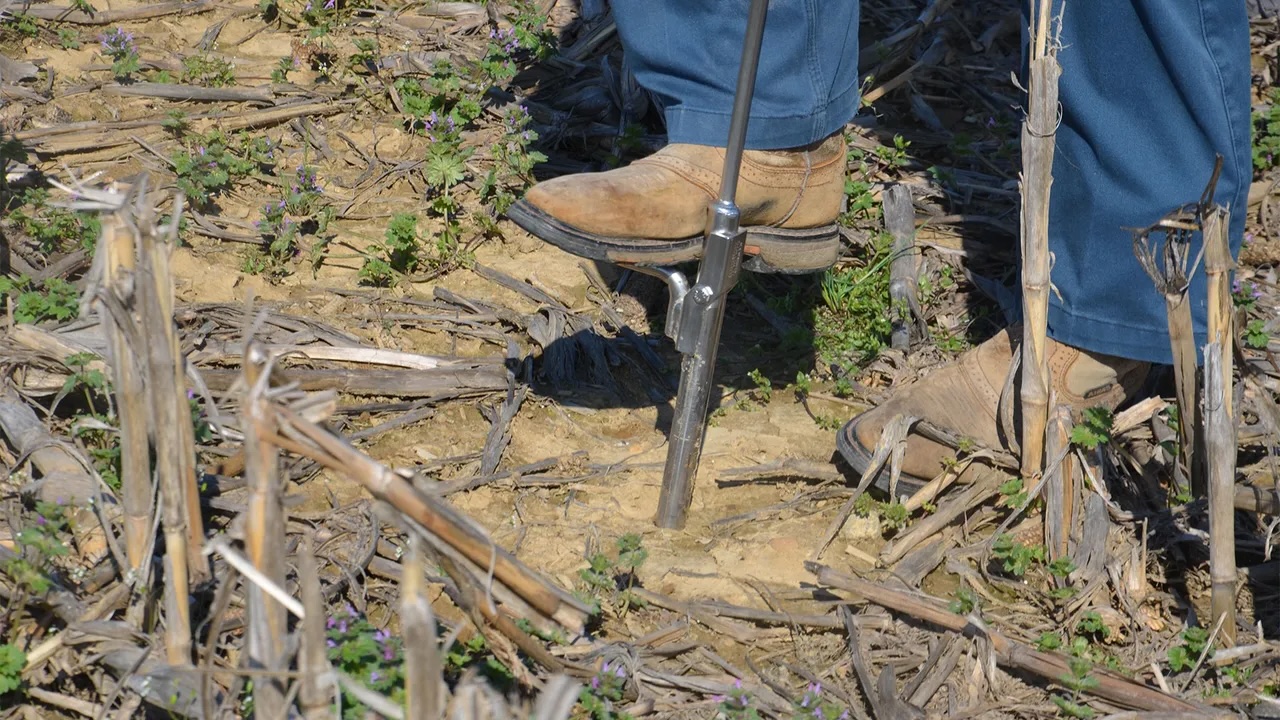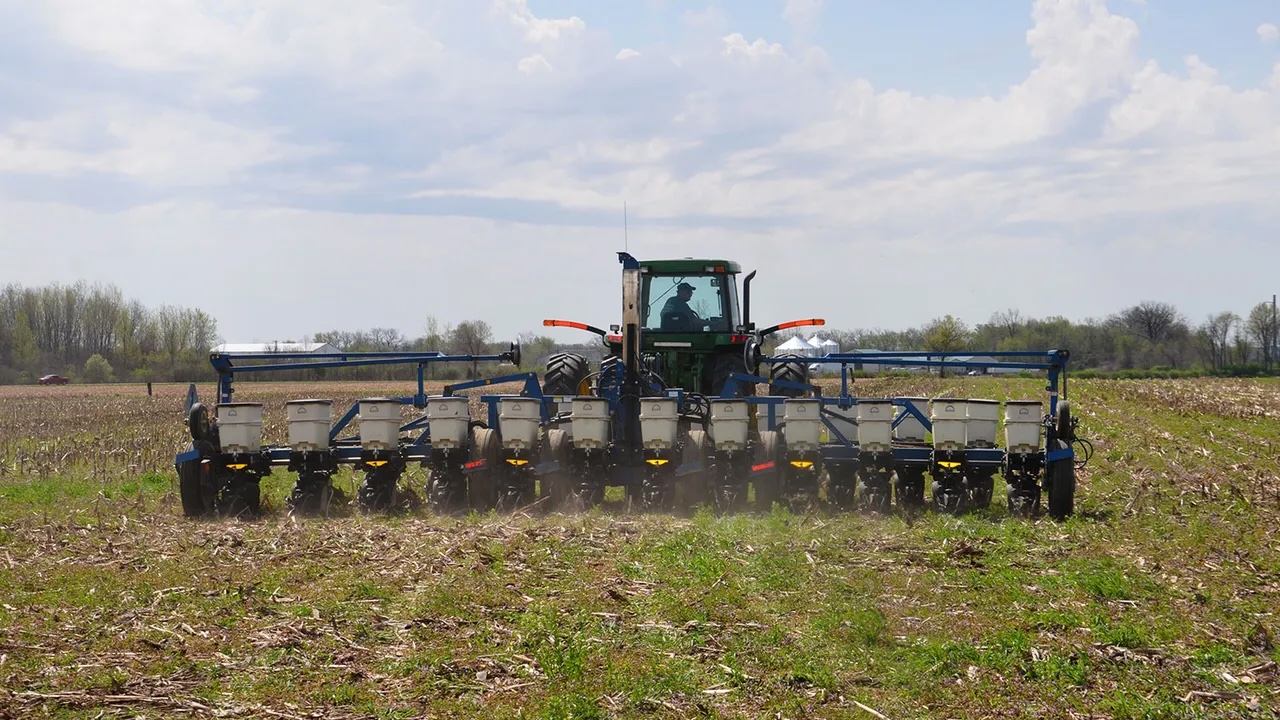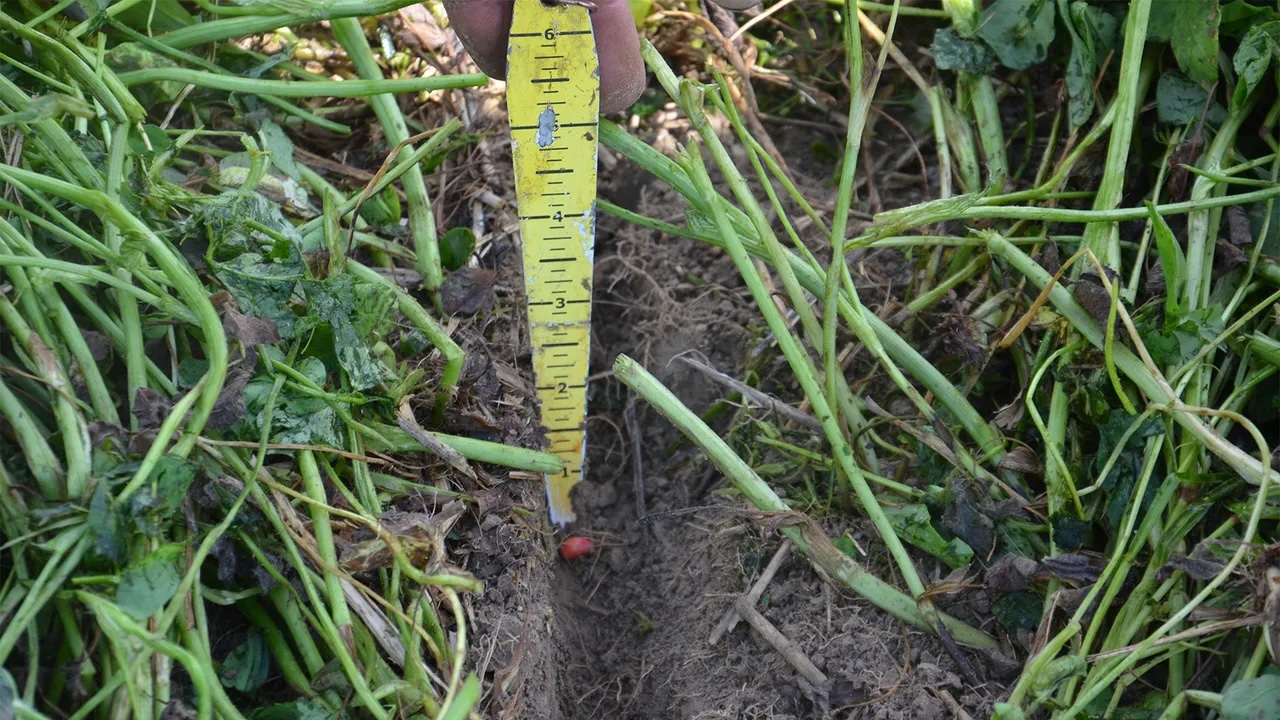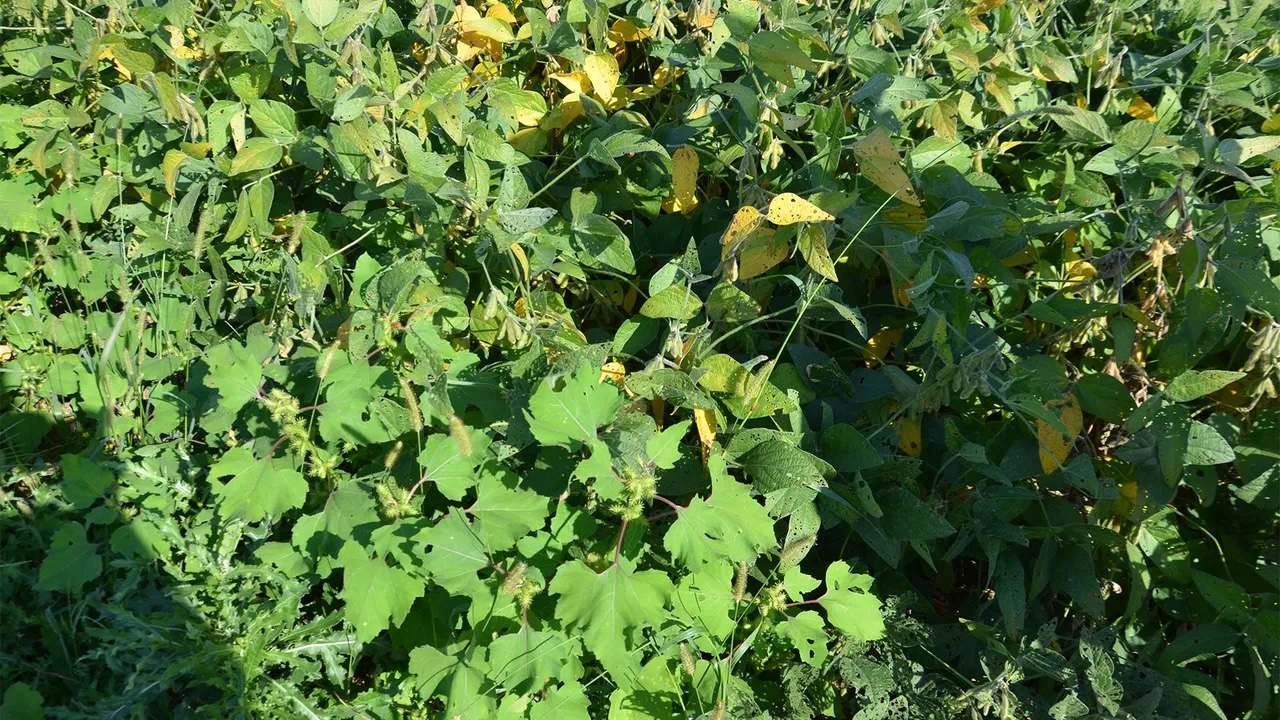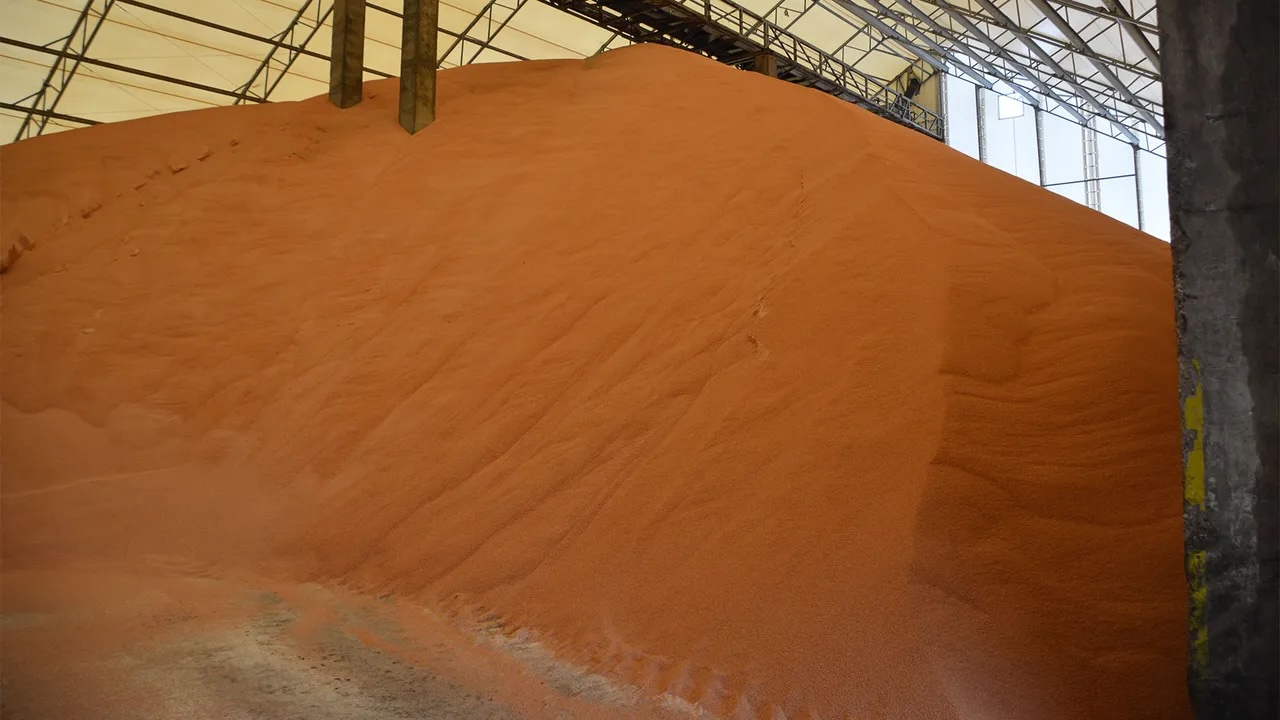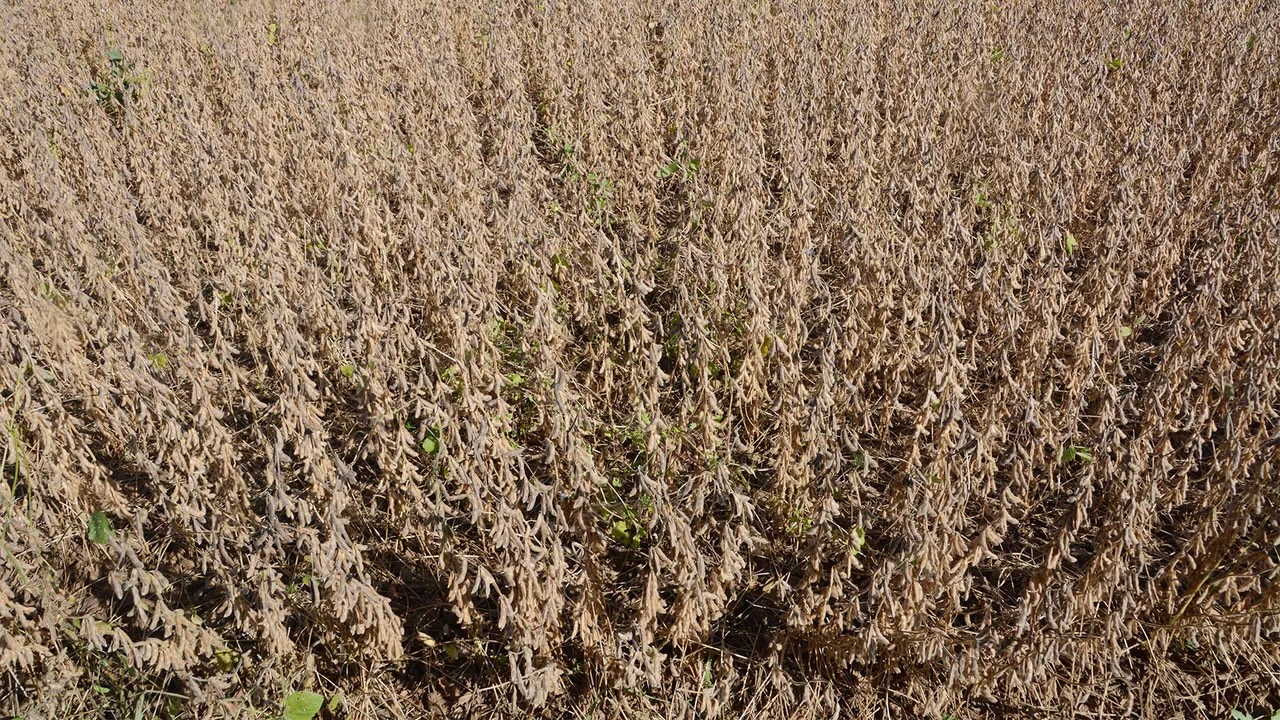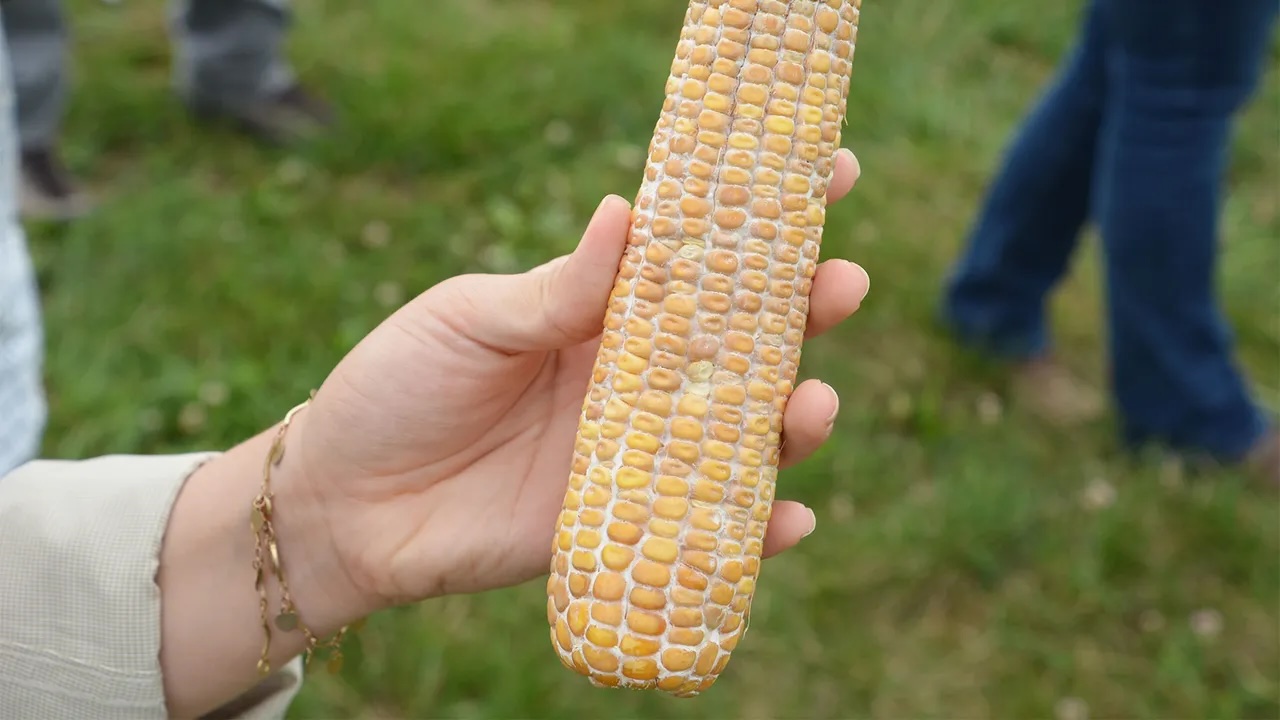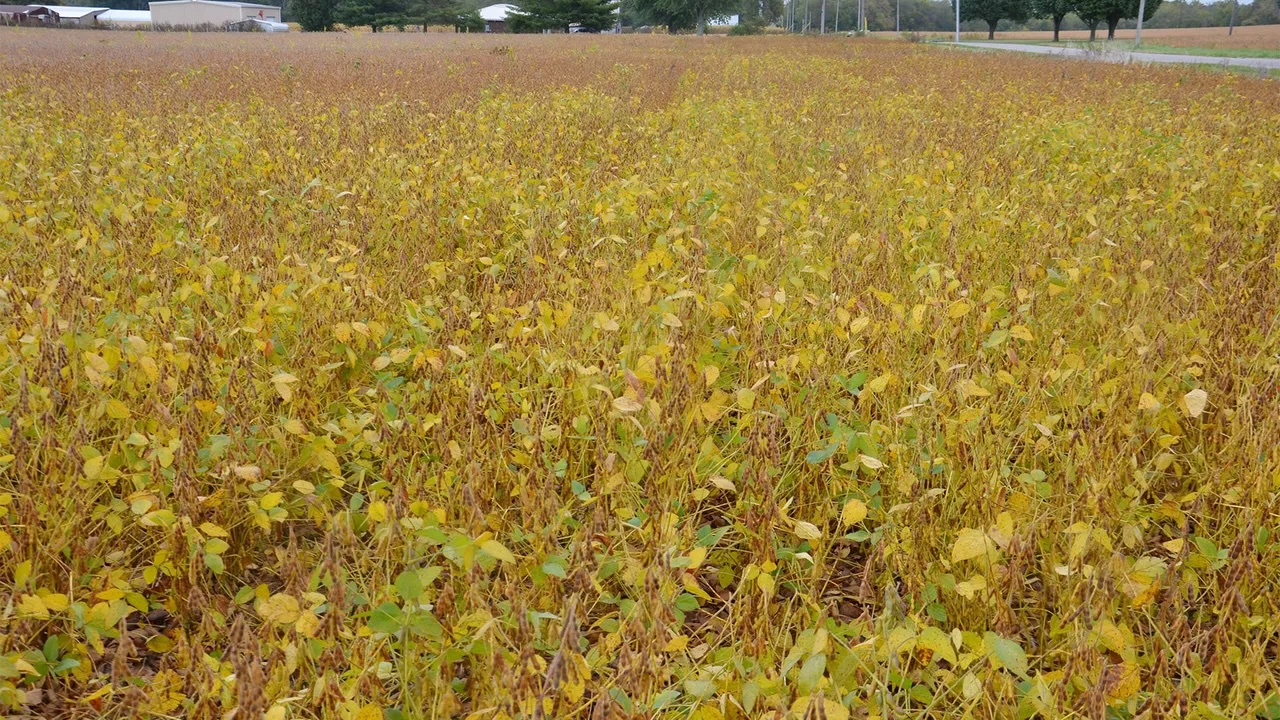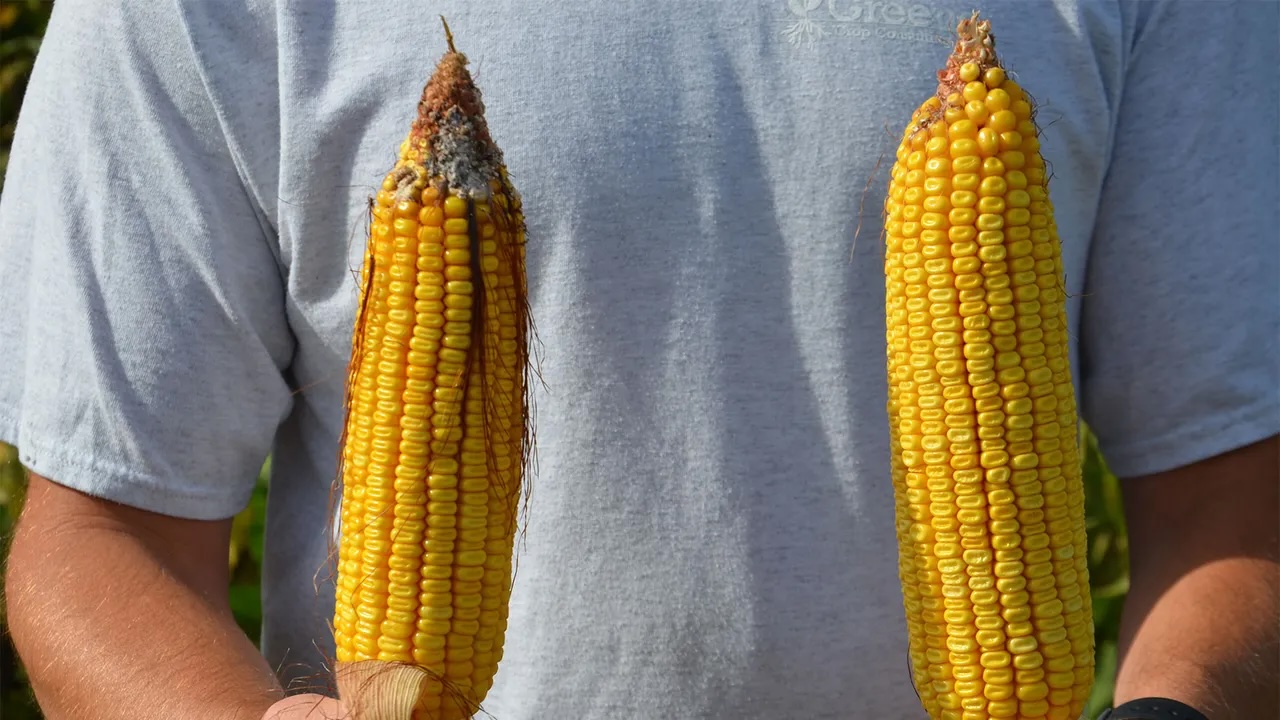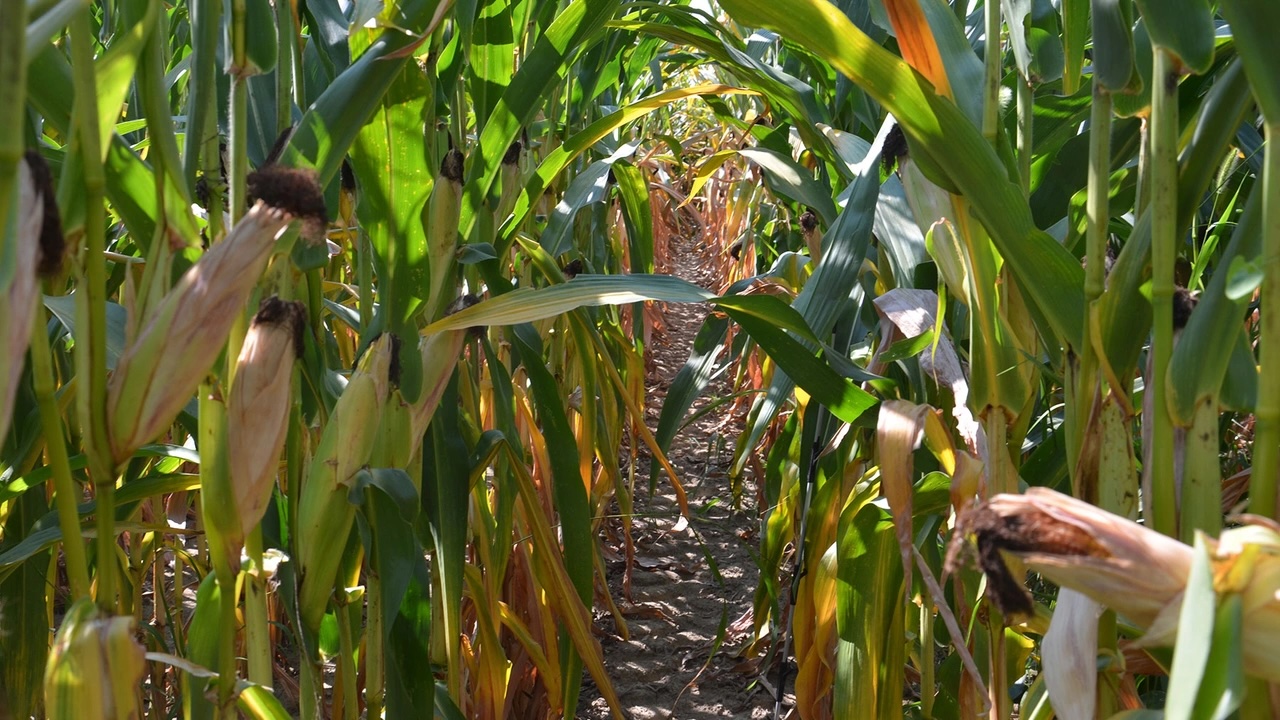Get handle on soil N before applying more

Corn Corner: Here are techniques for zeroing in on how much nitrogen the soil can supply.
Jun 02, 2021
I’ve applied 180 units of nitrogen on corn. It’s looking so good, my dealer wants to apply another 40 pounds with a high-clearance rig. It would cost $7 per acre plus nitrogen. Is it worth it?
The Indiana certified crop adviser panel answering this question includes Betsy Bower, Ceres Solutions, Lafayette; Jamie Bultemeier, agronomist, A&L Great Lakes Lab, Fort Wayne; and Andy Like, farmer and CCA, Vincennes.
Bower: Who knows? What is the yield regime of the field in question? What is the corn stage? Have you had heavy rains during the growing season to leach or denitrify nitrogen? Do you know how much N is still available in the upper foot of soil?
We’re using a nitrogen soil sampling protocol developed by Ceres Solutions agronomist Troy Jenkins, patterned after N-Watch in Illinois and adapted to fit many Indiana soils. It monitors N in the upper foot of soil at V5, V9 to V12 and R1. The N soil result of ammonium and nitrate N is plugged into a calculator that takes into consideration current yield goal, N use efficiency at particular corn growth stages, corn stage at sampling and growing degree days to silking. We can determine if there is enough N in the upper foot for the given yield goal or change in yield goal. If there is enough N, no supplemental N is needed. If there isn’t, we discuss how to address it.
In 2019, using soil nitrogen sampling, we revealed N loss from the upper foot of soil. We added N in several cases in the 30- to 40-pound range so corn could have enough N to suffice needs at the current stages V9 to V12. It played out well.
We had much dryer conditions in June 2020. Nitrogen didn’t move. Our soil N tests revealed enough N to support the crop at the given yield goal or an even higher yield goal. We recommended no additional N even in fertigated corn. It played out well again!
Bultemeier: The normal procedure is asking probing questions about timing of nitrogen applications and the product applied to generate an educated estimation of the nitrogen needed to finish the season strong. There is a more quantitative approach for non-manured fields.
Start by collecting 12-inch-deep soil samples seven to 10 days before the planned application. Target collection by soil type and/or land position. If nitrogen was banded, collect multiple cores perpendicular to the band. For each sample, collect 15 to 20 cores and mix well in a bucket. Each sample should represent 20 to 25 acres max. Keep samples cool and ship to the lab — next day shipping is best. Request both ammonium and nitrate analysis to get total plant-available nitrogen. When the lab directly reports NO3-N and NH4-N in ppm (parts per million) or mg/kg (milligrams per kilogram), these values can be added together and multiplied by 4 to estimate nitrogen available to the crop.
Like: Yield potential needs to be considered. If you’ve never raised 190-bushel corn there, I would say no — it’s not worth it. However, if you can get 200-plus, then additional N would be worth it, especially considering current market prices. Remember that surface-applying liquid nitrogen in the heat of summer has a high potential to volatilize even with a volatilization inhibitor. Time the application with a rainfall event to get N moved into the root zone.


